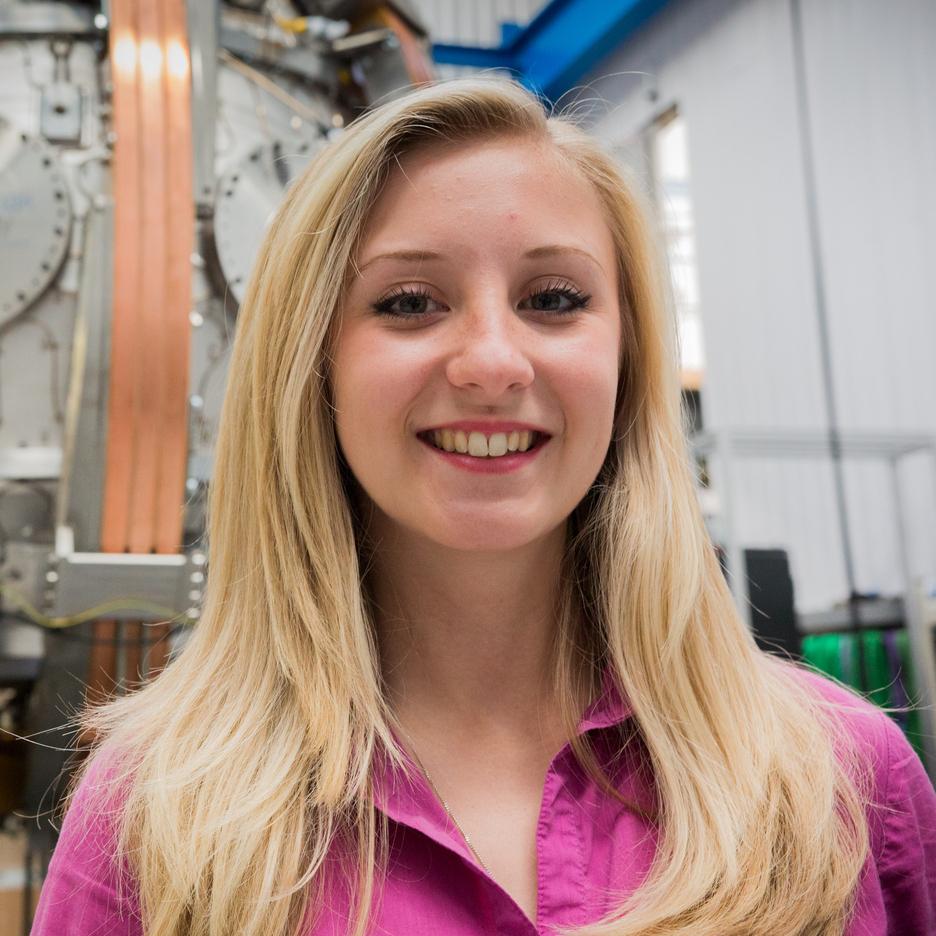Women in STEM: how studying physics can help solve real world problems
Physics student Libby Moxon explains how her placement and degree are helping to find a solution to the global energy crisis
- Student life
Share
The global energy crisis is something that is on everyone’s radar and for which many people are seeking a solution. This summer I was lucky enough to undertake a summer placement at Tokamak Energy to help carry out some work that might be part of the solution.
Tokamak Energy is working on the development of fusion energy, something which could bring limitless clean energy and go some way to eradicate the global energy crisis if achieved. During my time there, I played a central role in developing a code with my colleague that allows the design of the future reactors to be evaluated and optimised.
I also helped to calibrate the UK’s newest reactor, which was switched on earlier this year and by the end of the year could reach temperatures hotter than the centre of the Sun. Considering I didn’t know a lot about plasma physics or the intricacies of fusion energy when I started the placement, I feel excited to have contributed in this way - helping to change the world a little bit at a time.
Women in STEM
Women in STEM: undertaking PhD research in cancer
Women in STEM: looking forward to equality
Women in STEM: how can we encourage more women into engineering?
Women in STEM: stories from MIT students
My first few weeks with the company involved a steep learning curve as I developed my knowledge and understanding of the plasma physics involved in the reactor, as well as how best to use the programming language MATLAB for the reactor design code.
Fortunately, I use MATLAB a lot at university, so I had many of the skills I needed for the placement, such as data-analysis techniques, problem solving, and communication skills. My mathematical training came in very useful when figuring out which equations to add to the code to aid the description of plasma inside the tokamak (a device which uses a magnetic field to confine plasma). This formed part of the design code for the future reactors.
Working at Tokamak Energy has opened my eyes to the many and varied opportunities within the fusion industry. It has highlighted that it is rapidly evolving and made me consider a PhD in the area - being able to contribute to it in any way is exciting.
I was one of only a few women on the technical side at Tokamak Energy, but I’m aware this is because the gender imbalance in STEM subjects begins long before working life. I was the only girl in my physics class at A level and only around a quarter of the students in my year at university are female. I feel that the way we are raised as young children contributes to this imbalance.
I was lucky enough to play with whatever I wanted, be they "boys' toys" or "girls' toys", which gave me the opportunity to develop my skills in building and problem solving as well as imagination and creativity. I was never told that maths and physics were for boys and was never dissuaded from entering a male-dominated career. I was never told how I looked was more important than what I said or thought. Unfortunately, this is still not the case for many girls.
Part of the solution is to have more female role models - more women to show girls that the STEM subjects are for everyone. The more people we have studying these subjects, the better for the world. How are we going to change the world if half the population aren’t encouraged to participate?
Read more: What can you do with a physics degree?

